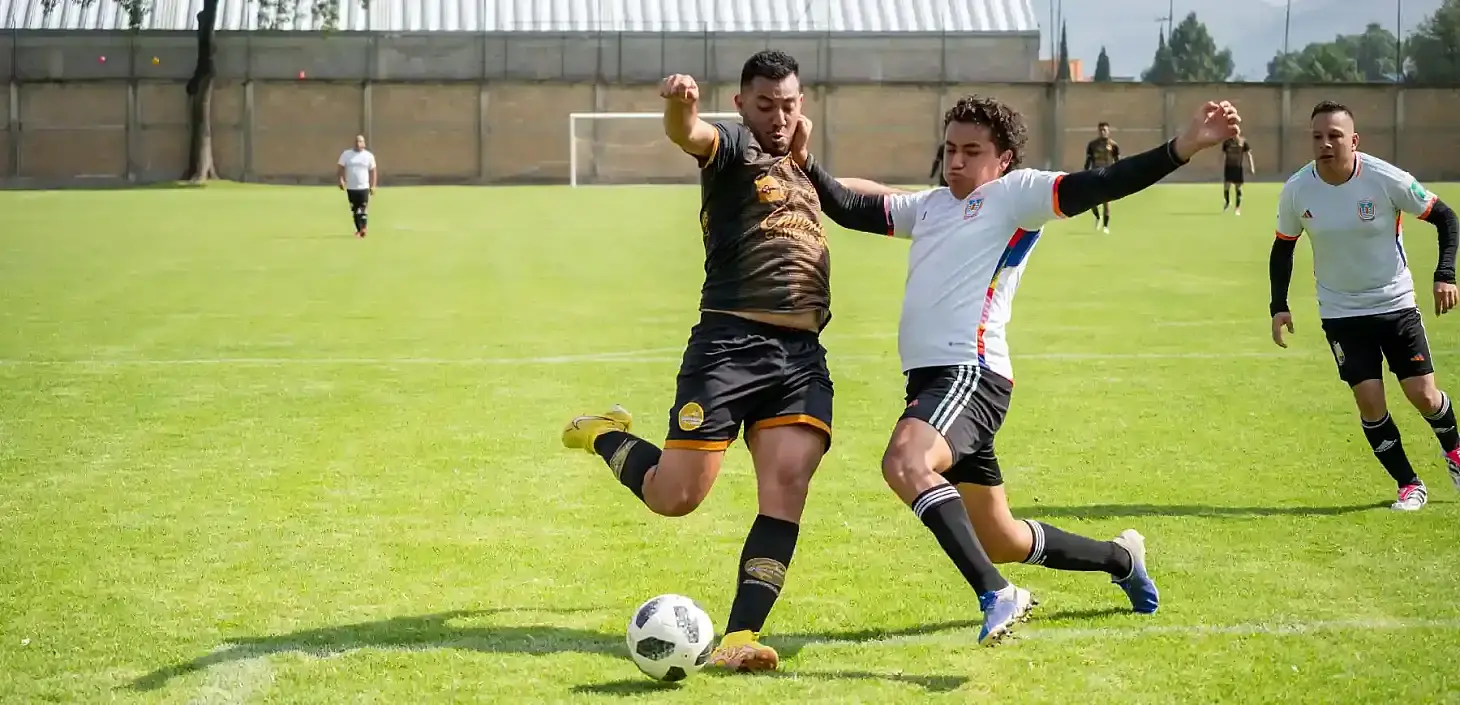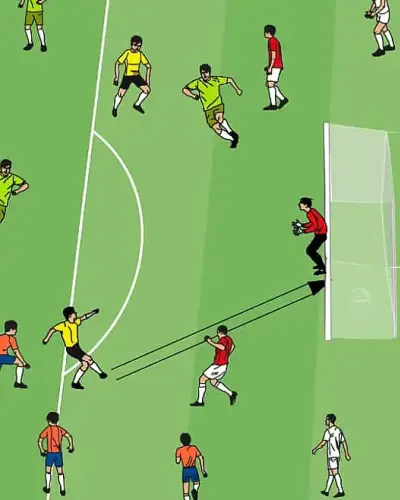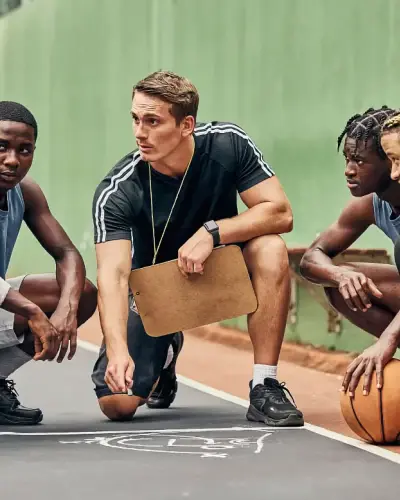The Modern Fullback - Playmaker and Tackler
The modern fullback embodies almost everything: offensive threat and defensive stability. They tackle in their own box and create chances in the opponent’s penalty area. They win balls and score goals. They are playmakers, crossers, sprinters, and defensive monsters all at once. In short: they are complete footballers.
On their way to the 2019/20 Champions League title, FC Bayern Munich sent FC Barcelona home with eight goals. However, the most memorable moment from this match was not a particular goal but rather an assist—by left-back Alphonso Davies, who completely outplayed the entire right side of Barcelona’s defense. But the modern fullback can take on different forms. Think of Alphonso Davies, who has broken speed records and dazzled with his dribbling. Think of Philipp Lahm, who was among the world's best fullbacks for years before being moved into midfield by Pep Guardiola because he possessed everything the current Manchester City coach expects from a central player. The same goes for David Alaba, who played in midfield for the Austrian national team, then transitioned into a world-class center-back under Hansi Flick at Bayern and Carlo Ancelotti at Real Madrid. Even Gareth Bale deserves mention, who made his breakthrough in the Premier League as a left-back before becoming one of the best wingers in history, scoring decisive goals in two Champions League finals.
The versatility of fullbacks and their diverse footballing abilities are undisputed. What types of fullbacks exist in modern football, and how can they be used? This article will examine three types: the wing-back in a five-man defense, the classic fullback in a four-man defense, and the so-called "inverted fullback."
The Wing-Back in a Five-Man Defense
The wing-back is aptly described in English as a "flank defender," which perfectly captures the role’s essence. They are defenders who play almost as wingers in attack while still fulfilling defensive duties. In possession, wing-backs are usually responsible for providing width, ensuring that the team has passing options on the flanks. This role is dictated by team shape—for example, in a 5-3-2, which typically transitions into a 3-5-2 in possession, most players occupy central positions, leaving width to the wing-backs. When defending, the wing-back pushes forward on their side to pressure the ball, operating more like a midfielder, while on the opposite side, they drop back to support the three center-backs.
The Classic Fullback in a Four-Man Defense
While fullbacks in a back four also provide width in attack, they typically have fewer offensive freedoms than wing-backs due to the extra defensive responsibility. Though they frequently contribute crosses and overlaps when attacking, the fullback on the opposite side has significant defensive duties, often shifting centrally to support the center-backs in defensive transitions and counterattacks.
The Inverted Fullback
Perhaps the most intriguing concept is the "inverted fullback," as there is no direct translation in many languages. The best description would be the "tucked-in" fullback or, borrowing from modern football terminology, the "false 2." Contrary to conventional fullback responsibilities, the inverted fullback defends as a traditional fullback but moves into midfield when their team has possession. Pep Guardiola has refined this role over the years, first with Philipp Lahm and David Alaba at Bayern Munich, then with Oleksandr Zinchenko and John Stones at Manchester City. Many coaches now adopt this tactical approach, but Guardiola remains the pioneer.
The key advantages of an inverted fullback include improved counter-pressing structures, a stable defensive shape in case of turnovers, and numerical superiority in midfield to aid build-up play. This setup also provides better spacing for wingers, allowing them to receive the ball in isolated one-on-one situations where they can exploit their dribbling ability.
Example:

Image 1: Potential application of the "inverted fullback" principle. No. 3 moves into midfield, while No. 11 provides width on the attacking flank. (Source: Own Illustration)

Image 2: The resulting overload and structure in midfield, along with an open pass to No. 11 on the wing. (Source: Own Illustration)
The evolution of the fullback position has made it one of the most demanding roles in modern football. From pure defenders to hybrid playmakers, today's fullbacks must excel in multiple aspects of the game. Their importance to team structure, both defensively and offensively, continues to grow, making them some of the most versatile and influential players on the pitch.






